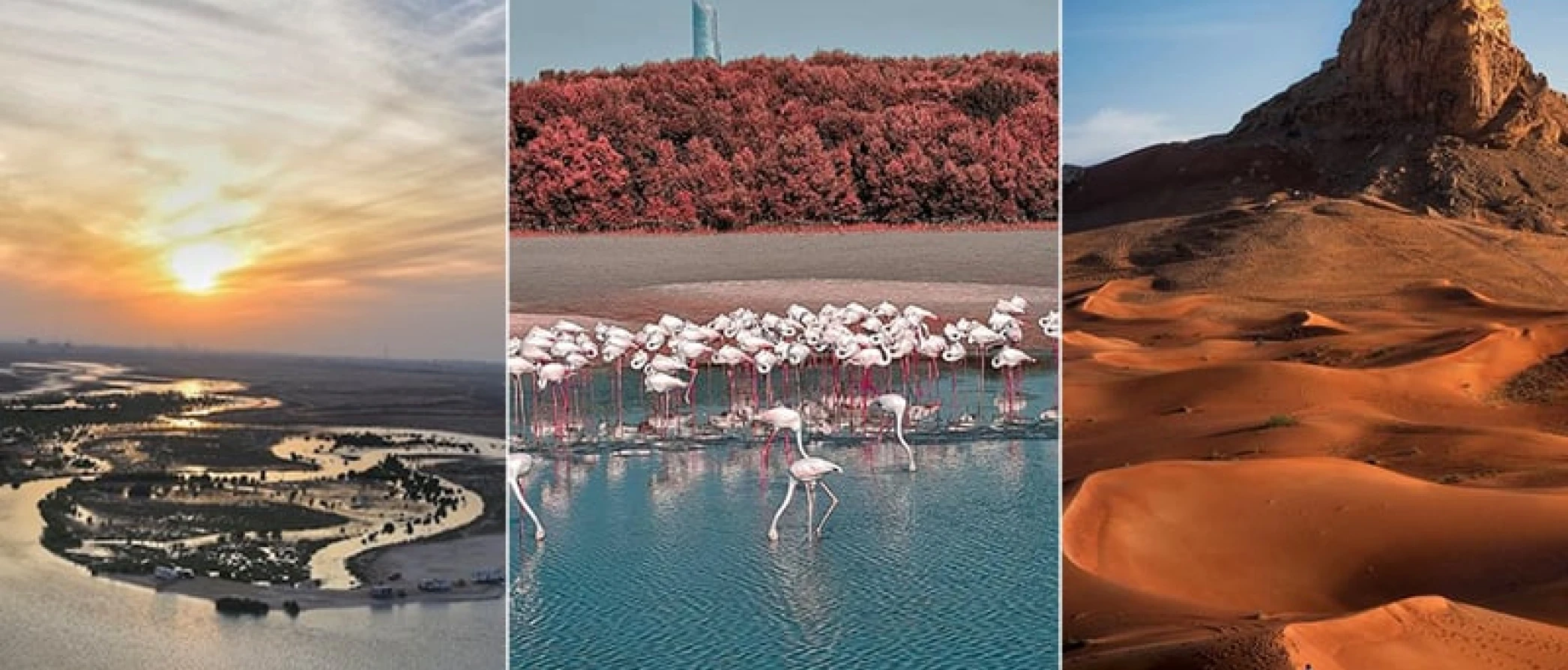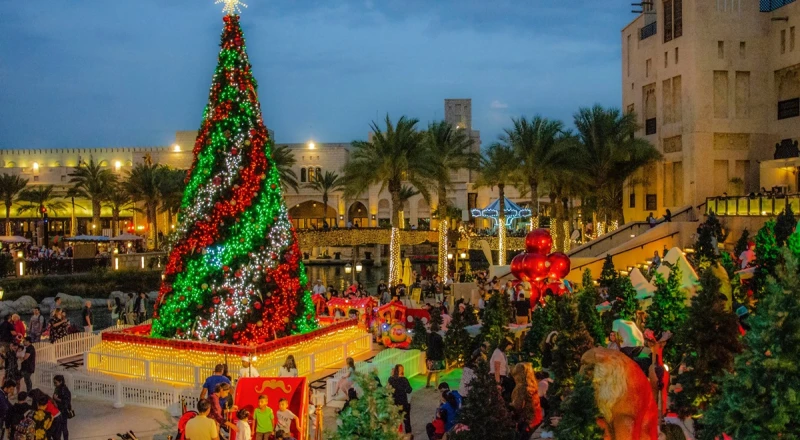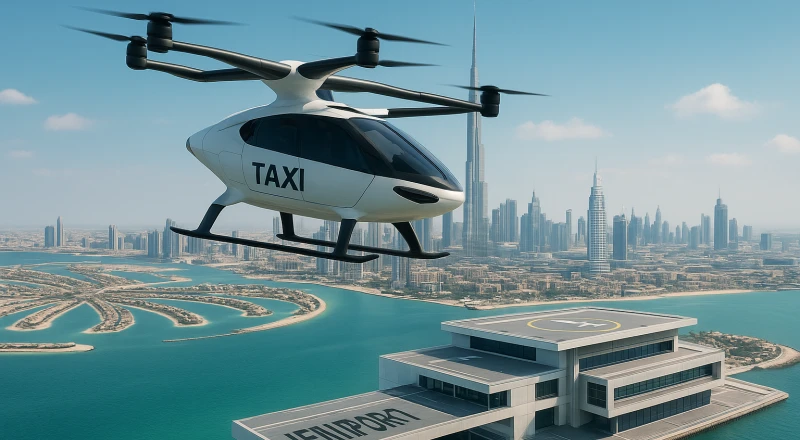

In many parts of the world, people face the risk of earthquakes, hurricanes, floods, snowstorms, or tornadoes. These natural phenomena can change lives in an instant and leave behind enormous damage to property.
And then there is a place where skyscrapers are being built, new districts are being planned, and infrastructure keeps expanding – the United Arab Emirates. Why does such calm prevail here?
The UAE lies in the middle of the Arabian tectonic plate, far from its active edges where major natural disasters occur.
The nearest active faults – for example, the Zagros fault in Iran – are hundreds of kilometers away and shielded by mountain ranges.
The risk of earthquakes is minimal, and if they do occur, their intensity is low.
The UAE does not border any oceanic trench – the risk of tsunamis is practically zero.
There is no volcanic activity here – no active volcanoes, no history of eruptions.
The Arabian Peninsula lies outside the tropical zone where cyclones or hurricanes might occur.
There is no typical monsoon season here, unlike in India or Southeast Asia.
The only extreme could be heavy rainfall – but this happens very rarely.
Europeans often don’t even realize what they face. While you can comfortably sit on the beach in December in the Emirates, at the same time in Europe:
states of emergency are declared due to snowstorms,
transport collapses due to icy roads,
trees break under the weight of wet snow,
tornadoes in parts of Central Europe destroy roofs and houses,
severe summer hailstorms cause millions in damage to cars, roofs, and crops,
windstorms and gales disrupt operations and damage infrastructure.
All this has real consequences: delayed construction, increased costs, property losses. In the Emirates? No tornadoes. No snow. No frost. No hail. And extreme wind? If it blows, it’s mostly into the sails of luxury yachts.
In April 2024, the UAE experienced extreme rainfall – the heaviest in the last 75 years.
Flooded roads, delayed flights, temporary transport disruptions – but no chaos.
The government immediately deployed crisis teams, ensured logistics, aid, and information.
Within a few days, infrastructure returned to normal operation.
The result? Instead of panic, there was action – and the country showed that stability is no coincidence.
Real estate is a long-term asset. And long-term assets require a stable environment.
The UAE offers investors not only returns, but also peace of mind – no costs for rebuilding after disasters, no price shocks after crises, no uncertainty.
In times of climate change, geographical stability is a luxury – and the Emirates have it.
The United Arab Emirates is not just about glamour and skyscrapers. It is about stability, which is not accidental, but the result of geography, planning, and decisive management. And that is one of the greatest values that investors appreciate.
Want to know more? Feel free to contact us.


